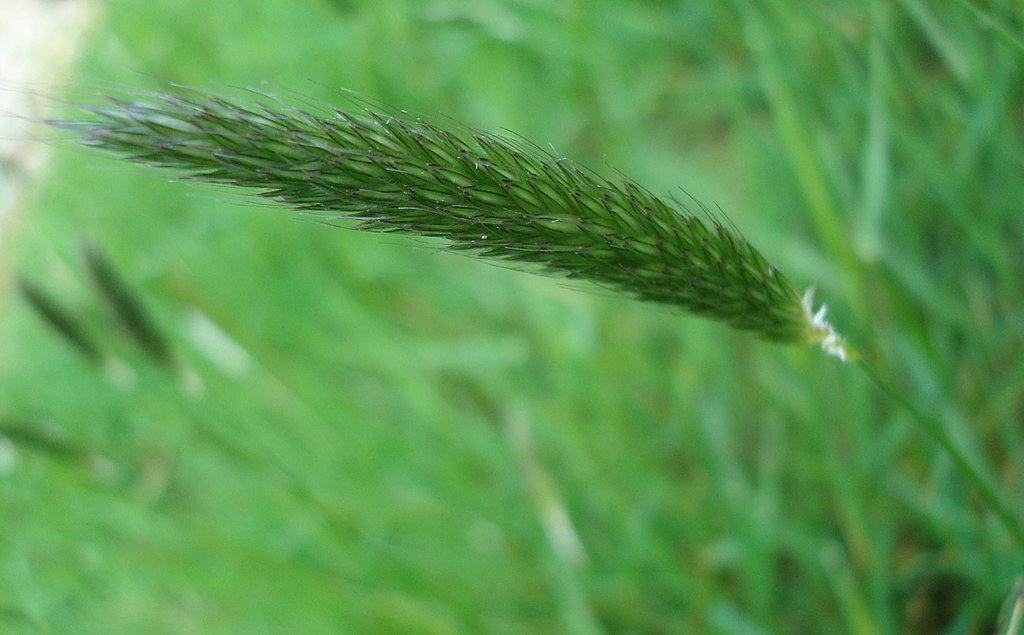How do I know if my plant is toxic?
The last thing you want happening is to find your cat happily nibbling on one of your plants… and three hours later she’s really sick! Chocolate is toxic to cats, and unfortunately many regular and common houseplants are too.
In this article we’ll first quickly go over why it’s important to watch out for toxic plants, and secondly you’ll learn how to find out whether your plant is toxic or not.
Why should I care?

Some things are more and other things are less toxic, for example, a stinging nettle sting is annoying but it is certainly not deadly. This is of course similar with cats, some plants will upset a stomach and lead to light diarrhoea, vomiting and some tiredness, while other plants will lead to serious liver damage and necessitate a hasty trip to the nearest vet.
Even the most common and harmless-looking house plants can be a serious hazard to your cat. Cats accidentally poisoning themselves unfortunately happens more often than we’re aware of.
Is my plant safe?
Usually, it’s best not to bring any plants into your home unless you know for sure that they’re safe. Are you not sure if the plant is safe? Don’t bring it home with you.
The ASPCA safe and toxic plants list
The most reliable way to find out whether your plant is safe is to go through the ASPCA list of toxic and safe plants. To use this list, you need to know the name of your plant. It’s easiest if you know the scientific name of the plant, but if you have the common name it’s easy to get the scientific name as well.
Simply find your plant name on the page with ctrl+f on Windows or cmd+f on Macs, click the link and it will tell you whether the plant is safe or not.
What if I don’t know the name of my plant?
If you’re not sure, the easiest option is to stay safe and keep the plant away from your cats. Of course, getting rid or moving all unknown plants might be overzealous and unnecessary. There are several ways to find out what plant you have.
Stores, receipts and email
If you bought your plants at a local store or online, you can try to find a receipt in your email or ask the store owners. Many stores add little cards to your plant pots with the name of the plant written on it as well.
Detection apps
While these are not always super reliable, there are various websites as well as applications available for your smartphone that can detect the type of plant from a picture. I wouldn’t rely on these apps to identify plants exclusively, but they can be a good starting point.
These apps rely on automated software to figure out what plant you’re dealing with, so most of the time there are no humans involved. This has the advantage that it’s really easy to get a quick estimate, but you won’t have the certainty of asking a botanist or expert. Thanks to the advancement of technology, these apps do get more reliable as time goes on!
Ask communities and experts
There are online communities that specialise in identifying plant species. If you want to know what plant you’re dealing with, snap a quick picture and ask for help in one such community. For example, there’s a community of over 600,000 people on reddit’s /r/whatsthisplant.
Watch out for plants with fox tails

Toxicity is not the only thing to watch out for, plants — usually grasses and grains — with so-called fox tails can be a choking hazard to curious cats as well. While these plants may not be toxic, if a cat ends up trying to eat a foxtail the small sticky hairs can get stuck in their throat, which can choke the cat.
A foxtail is not a type of plant, but how parts of the plant look. They’re easy to identify, since they look like a foxes’ tail! Make sure to avoid any and all plants with foxtails. They are usually found on grasses and grains, but can appear on other plants too.
A green house is a happy house, just be careful
This post may leave you feeling a bit scared or alarmed, but in reality most cat owners can easily get away with a house as green as they want. Don’t be afraid of decorating your house with your favourites, just make sure that whatever you buy, sow and propagate is safe and you’re good to go!
There are many plants out there that are not only safe, but healthy for your cats as well! If you’d like to learn more about that, check out our article cat-friendly plants!